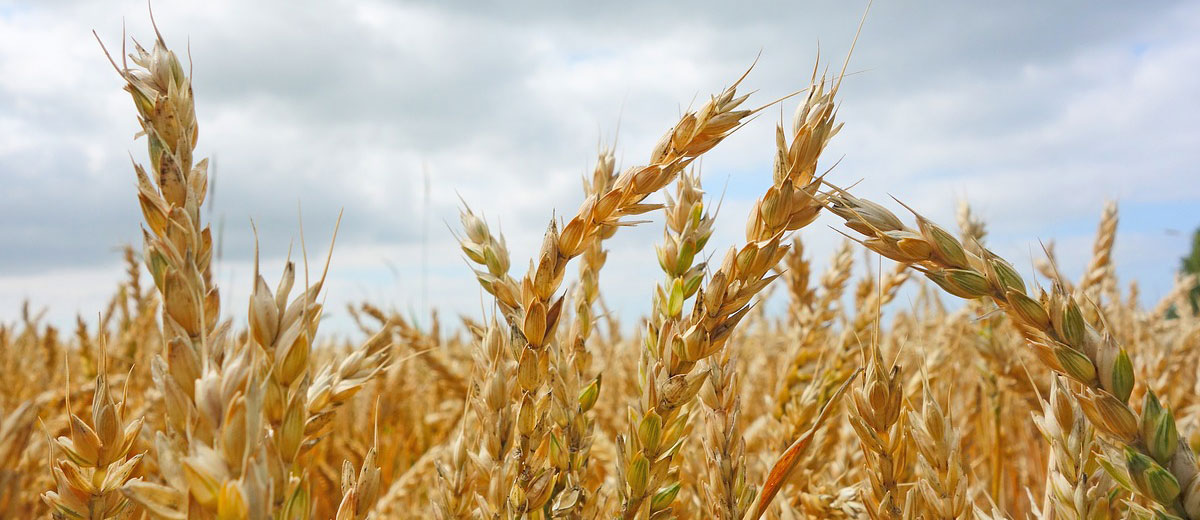
56 Percent of Provincial Crops Now In
Producers have made tremendous progress as 56 per cent of the crop is now in the bin, up from 36 per cent last week, ahead of the five-year (2016-2020) average of 35 per cent. An additional 24 per cent of the crop is swathed or ready to straight-cut. There were several areas affected by rain delays but the majority of the province was able to continue their harvest operations without issue.
The southwest region has made the most progress with 75 per cent of the crop now combined. The southeast has 67 per cent combined, the west-central 58 per cent, the east-central 38 per cent, the northeast 47 per cent and the northwest 37 per cent.
Ninety-six per cent of field peas, 93 per cent of lentils, 74 per cent of mustard, 66 per cent of barley, 75 per cent of durum, 58 per cent of spring wheat and 31 per cent of canola has now been combined. An additional 44 per cent of canola is swathed or ready to straight-cut.
Estimated average crop yields at this time are 27 bushels per acre for hard red spring wheat, 19 bushels per acre for durum, 38 bushels per acre for barley, 20 bushels per acre for canola, 21 bushels per acre for field peas and 817 pounds per acre for lentils. Crop yields were greatly affected by drought conditions during critical growing stages this season and yields are far lower in some areas than anticipated.
Rainfall last week ranged from trace amounts to 102 mm in the Rhein area which resulted in flooding and standing water in fields. Provincial cropland topsoil moisture conditions deteriorated slightly with recent strong winds even though rainfall was received in many parts of the province. Cropland topsoil moisture is rated as one per cent surplus, 38 per cent adequate, 38 per cent short and 23 per cent very short. Hay and pasture land topsoil moisture improved this week and is rated as one per cent surplus, 25 per cent adequate, 39 per cent short and 35 per cent very short.
The majority of crop damage this past week was due to strong winds, drought and hail. Areas that received precipitation over the past few weeks have reported that standing crops such as cereals and lentils have experienced severe weathering and are being downgraded at the elevator. Some fields are in such poor condition that some producers have indicated they will not be harvested.
Producers are busy combining, swathing, baling straw and hauling bales. Livestock producers are busy moving cattle, hauling water and trying to take inventory of their winter feed supplies.
As of September 1, the AgriRecovery program, now referred to as the 2021 Canada-Saskatchewan Drought Response Initiative, is accepting producer applications. The initiative will consist of two payments totaling up to $200/head for cattle, with adjustments based on animal unit equivalents for other livestock. The initial payment will provide producers with $100 per breeding female equivalent in inventory as of August 1, 2021. Secondary payments of up to $100 per breeding female in inventory as of December 31, 2021, will be made to producers who have incurred additional costs to retain the animals. Producers with questions can call the initiative’s dedicated toll-free number at 1-844-723-1211 or directly email skdri@scic.ca.
We want to remind producers to exercise caution and remain safe. We ask motorists to remain vigilant and to exercise patience when travelling around or near farm equipment on the highway.
A complete, printable version of the Crop Report is available online at https://www.saskatchewan.ca/crop-report.
For the latest information and for more updates on everything Kindersley ‘Like’ the Kindersley Social Facebook page below…








































